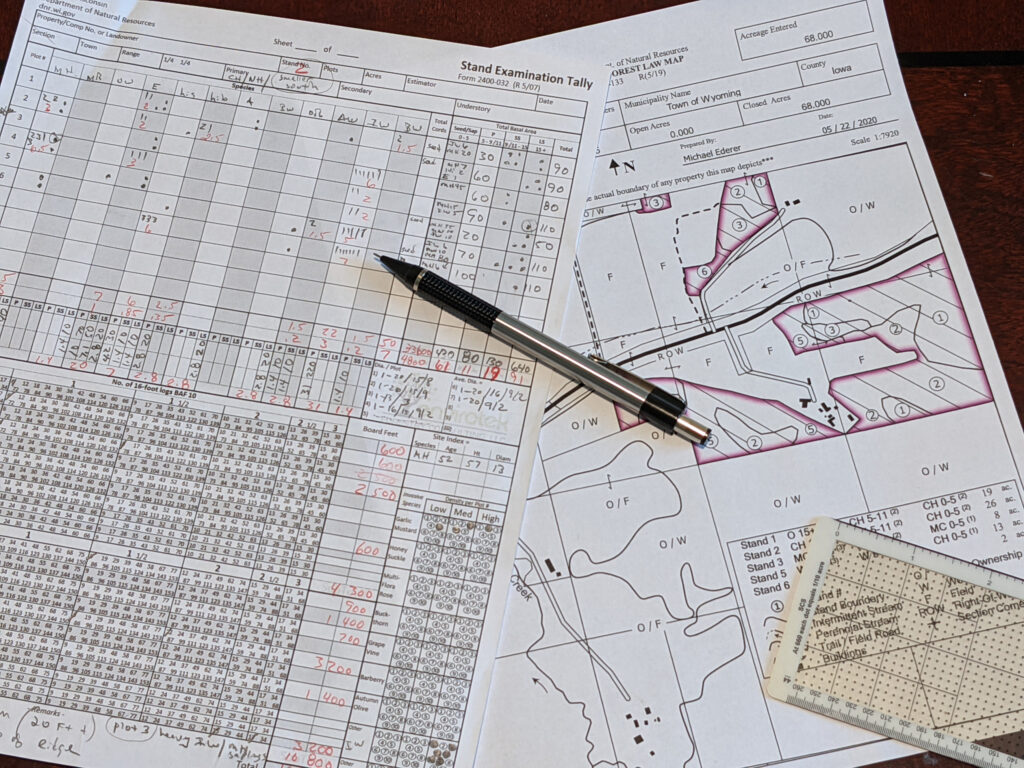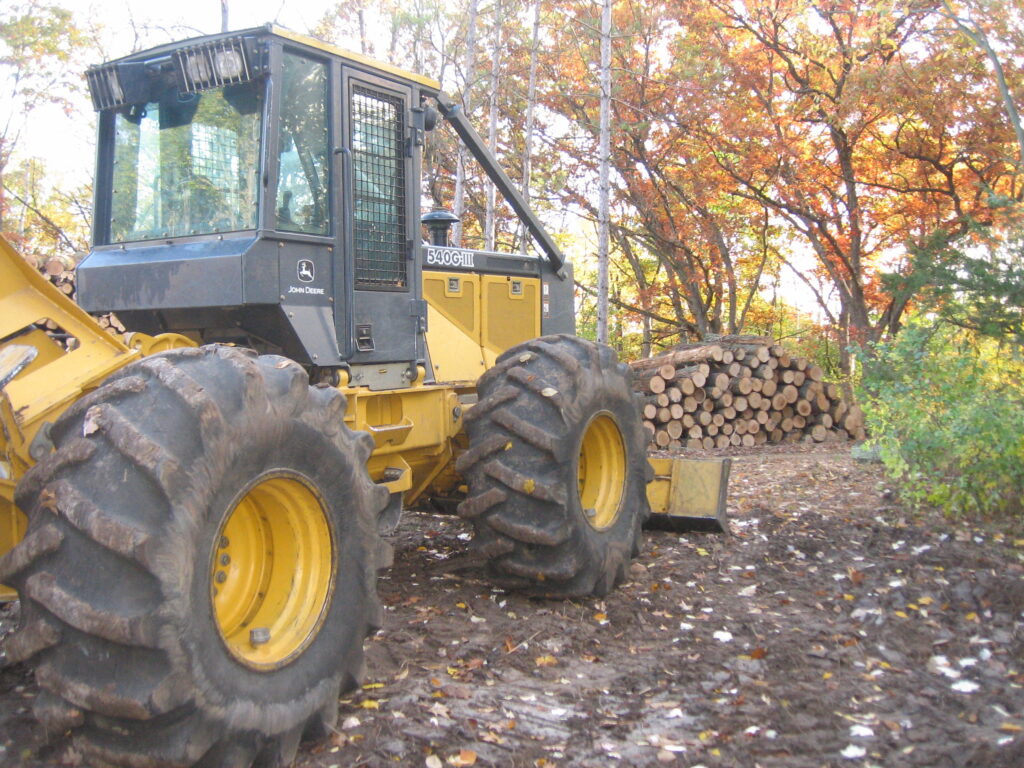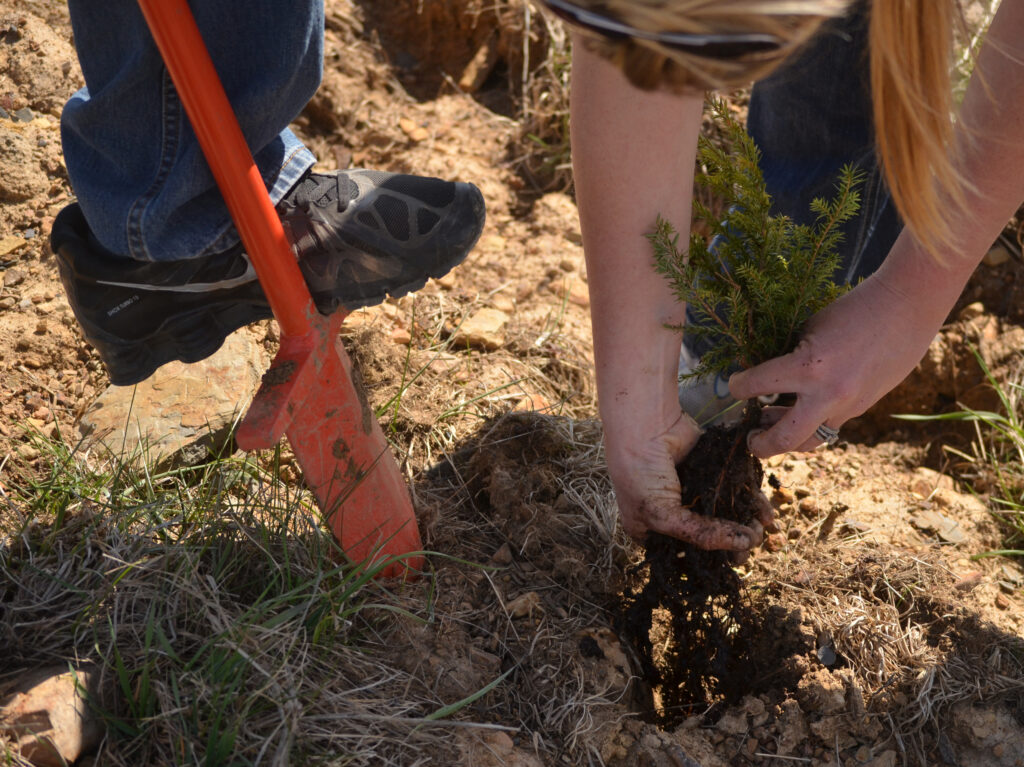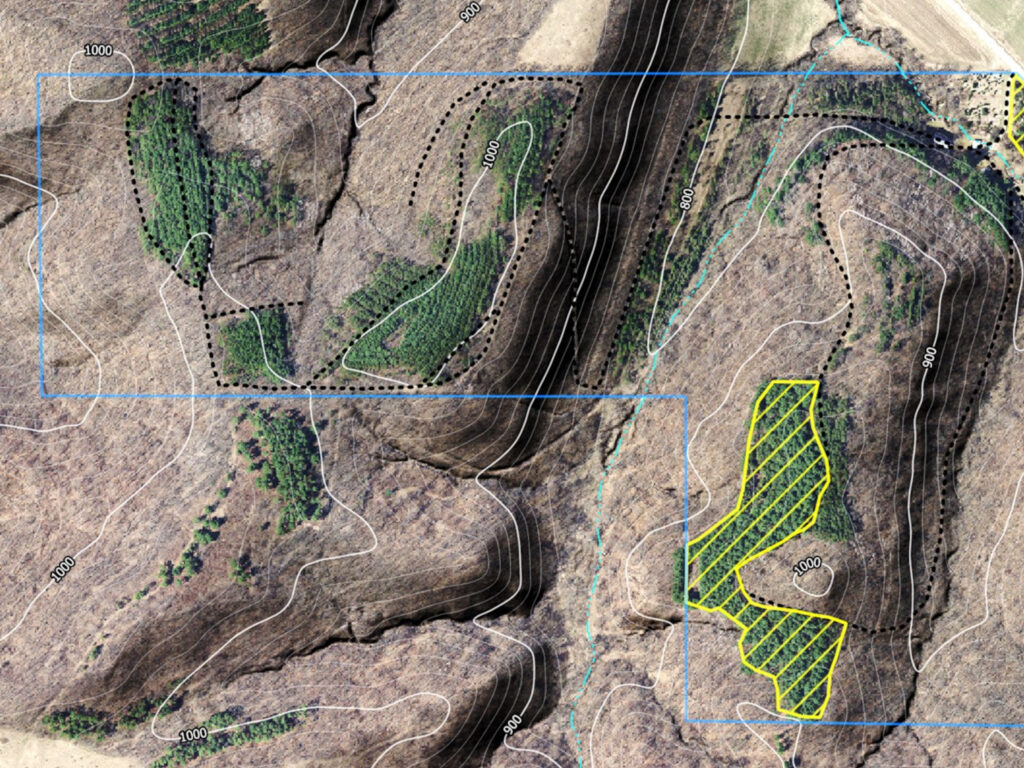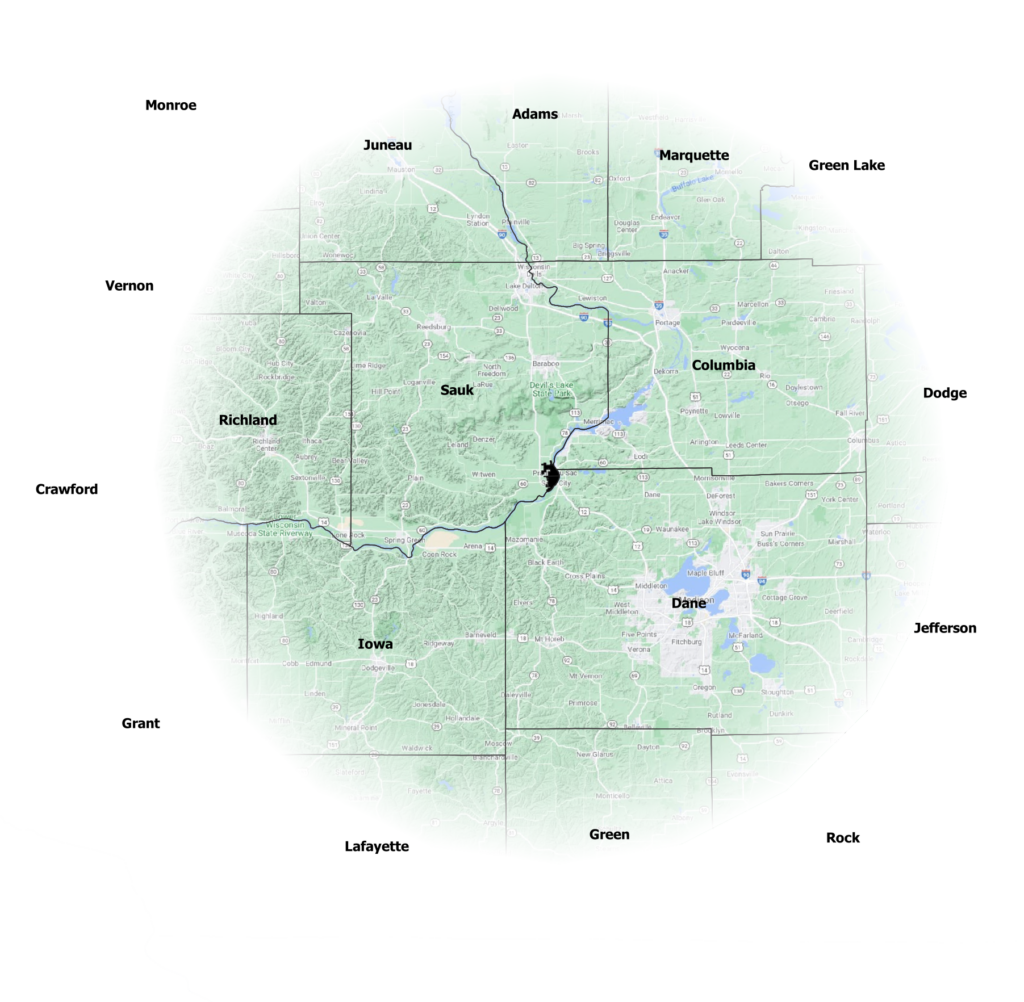FOREST MANAGEMENT PLANS
A HOW-TO-GUIDE FOR YOUR WOODLAND
Managing your property is not accomplished in a single event; rather, it is a series of coordinated steps leading to a desired goal. A Forest Management Plan is a comprehensive written report that guides you in specific terms on how to manage your property in a way that accomplishes your objectives through sound forestry practices. A good management plan seeks to harmonize benefits offered by your property, including financial, recreational, aesthetic, and environmental, with emphasis placed on those amenities most important to you. Because woodland communities develop slowly, Forest Management Plans are, by necessity, long-term, and require continuity over decades to be most effective.
Envirotek Forestry Specializes in Forest Management Plans. We offer two types of comprehensive management plans.
- Managed Forest Law (MFL)
- Forest Stewardship (FSP)
The MFL management plan program is administrated by the Wisconsin Department of Natural Resources. An MFL plan outlines scientifically based management practices prescribed specifically for your woodland, with your goals and objectives in mind. The plan will include both mandatory and recommended practices to take place at specific points in time. Management plans can be written with either a 25- or 50-year duration.
- Significant annual property tax reductions during the life of the plan
- Increased annual forest volume growth
- Increased timber quality over time
- Enhanced wildlife habitat
- Enhanced ecosystem health
- Protected soil and water quality
- Access to Wisconsin Forest Landowner Grant Program (WFLGP)
The FSP management plan is identical in terms of management prescriptions and ecological benefits in almost every way to the MFL management plan, except for two meaningful distinctions.
- There is NO property tax reduction.
- Management prescribed is not mandatory, rather, it is a recommendation only.
TIMBER SALE MARKING & DESIGN
AN INDISPENSABLE MANAGEMENT TOOL
Have you ever thought about actively managing your woodland resource? If so, it is likely a timber harvest will be the best way to accomplish this. Unfortunately, many landowners do not practice good woodlot management for a variety of reasons such as:
- Failure to view the forest as a manageable resource.
- Belief that leaving a forest alone will maximize its benefits.
- A general mistrust of loggers and timber harvesting procedures.
Many landowners are not aware of the potential for producing a forest crop on a continuing basis, while at the same time improving the health of the forest. Because of past experiences with indiscriminate logging, some landowners improperly associate forest management with harvesting only large trees. Timber harvest planning is more than deciding which trees to cut. Harvest design has to take into account the long-term effect on the environment, which includes, residual growing stock, water, wildlife, and soil.
Proper timber harvest design: “WEEDING THE GARDEN”
- Income now and in the future.
- Removes timber efficiently.
- Improves tree species composition.
- Protects site productivity.
- Minimizes impact on wildlife, water, and soil.
Improper harvest design can often be considered an exploitive practice that has little or no basis in sound forest management.
Improper timber harvest design: “TAKING THE BEST AND LEAVING THE REST”
- Low future income potential.
- Remaining timber is low quality.
- Remaining timber consists of undesirable species.
- Negative impact on wildlife, water, and soil.
Envirotek Forestry takes pride in always implementing timber harvests based on currently accepted sound forestry management.
- Initial onsite meeting to tailor the harvest to your management objectives, and just as importantly, identify what your woodland needs are from a forest management perspective.
- Marking timber for harvest utilizing scientifically recognized harvesting methods, which accomplish your management goals as well as addressing your woodland’s specific needs.
- Preparation of a prospectus detailing estimated Harvest Volumes, Cutting Specifications and a Timber Sale Map.
- Secure DNR approval of the DNR cutting notice (form 2450-032) pertaining to silvicultural prescriptions and trees designated for harvest on MFL mandatory harvests.
- Envirotek Forestry Is currently not accepting timber sale projects where Envirotek Forestry will market and administrate the timber sale.
TIMBER STAND IMPROVEMENT
WHY TSI?
Timber Stand Improvement (TSI) is a commonly applied term that refers to non-commercial silvicultural manipulation of forest vegetation. TSI includes activities or treatments that improve the composition, structure, condition, health and growth of woodlands.
TSI practices are generally implemented to:
- Eliminate invasive species (garlic mustard, honeysuckle, buckthorn, multi-flora rose, etc.)
- Improve tree species composition through elimination of undesirable competitors
- Improve vigor of desirable tree species through elimination of undesirable competitors
- Manipulate post-harvest natural regeneration species composition
- Improved tree form
TSI practices are accomplished by these methods:
- Tree planting (manual)
- Felling
- Girdling
- Pruning
- Herbicide application (foliar and basal)
FOREST INVENTORY & APPRAISAL
QUANTIFYING YOUR TIMBER RESOURCE ASSET
A timber appraisal provides and estimated fair market value on the current standing timber present on your property. To acquire the current standing volume present, a systematic survey of your forest will be conducted to collect detailed information about each tree species present and it’s relative volume in each of the forest product size classes. Current timber values are then applied to each of the various products and a final appraised value is compiled for that date in time. This appraisal can also be used to retroactively assess the value of your timber from the point when you purchased the property. This is useful when establishing and original cost basis for the timber portion of the property asset.
Timber appraisal uses include:
- Establishing values for loans
- Buying and selling timber or land
- Determining the value lost due to timber trespass or other legal actions
- Settling estates
GIS MAPPING & REMOTE SENSING
VISUALIZING YOUR PROPERTY
Design a customized GIS (Geographical Information System) Map for your property or hunting area displaying the information you prefer. Maps can be generated or edited quickly, accurately and at an economical price. The map can contain several different data layers including aerial imagery (leaf on, leaf off, bare earth), parcel lines, public land boundaries, contour lines, soils, water features, roads, trails and even a 3D effect can be added. Maps can be uploaded to any device running android or IOS.
GIS Map uses include:
- Interactive map on your Android or IOS device
- Navigation
- Forest cover type distribution
- Forest road location(s)
- Accurate location of features (i.e. tree stand or invasive species) to return to later.
- Measure areas and distances
- Agricultural
- No subscription
